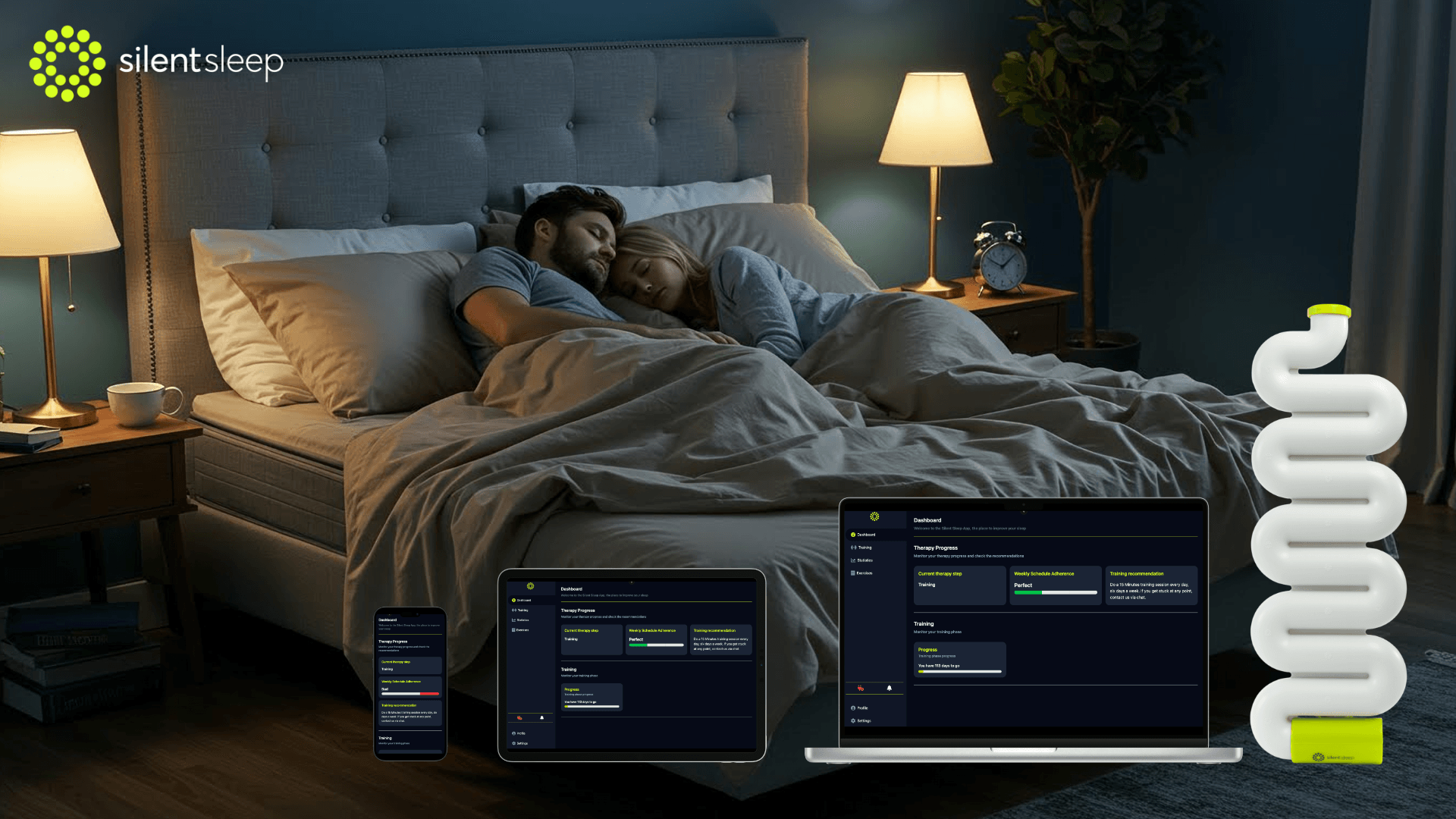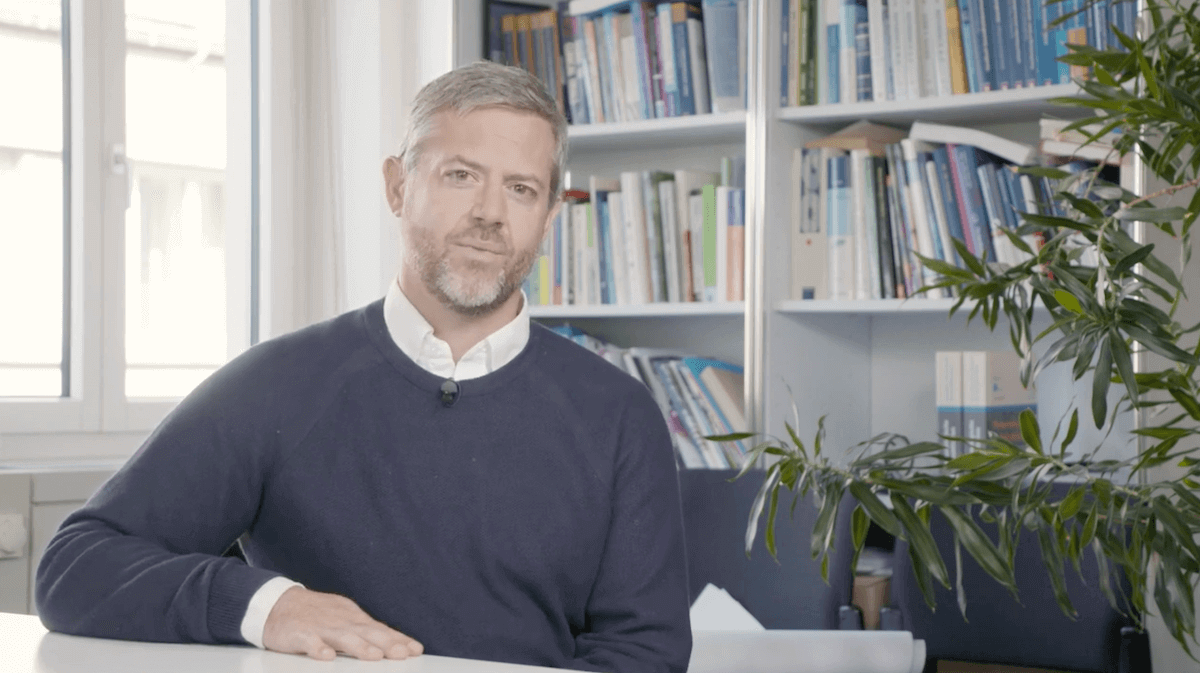
Silent Sleep Training – The #1 Active Therapy Against Sleep Apnea and Snoring
- Wake Up Feeling Energized
- Enjoy Deep, Restorative Sleep
- Reduce Your Risk of Serious Health Issues
How Silent Sleep Training Works

Strengthen Your Throat Naturally
Utilizing a medical didgeridoo and our AI-powered app, Silent Sleep Training actively strengthens the muscles in your throat. This natural process is key to reducing both snoring and sleep apnea effectively.
Engaging and Guided Training
Our app provides a structured course filled with fun, interactive games designed to make your training easy and enjoyable. You'll receive personalized guidance and AI-driven monitoring to keep you motivated and on track.
Lasting Results with Minimal Effort
Just 15 minutes of daily training, six days a week, for approximately three months can lead to significant and lasting improvements. Maintaining these results requires only two 15-minute sessions each month.
Customer stories
"Silent Sleep Training has changed my life, I feel full of energy again! Best regards, Daniel"
"Every night I had to choose: sleep poorly with a mask or poorly without a mask. Now, I sleep well without the mask again. Best regards, Beat"
"My husband can finally sleep in the same bed again. That was a long-time wish of mine. THANK YOU! Best regards, Tamara"
Silent Sleep vs. Overnight Treatments: 10-Year Comparison
Comparing Silent Sleep Training with Traditional Overnight Symptom TreatmentsThe Research Behind Silent Sleep Training
The scientific foundation for Silent Sleep Training was established by Prof. Dr. Milo Puhan and his research group at the University Hospital Zurich. In a clinical study, it was proven that the training significantly improves sleep apnea in affected individuals and reduces daytime sleepiness. The study found that strengthening the upper airway muscles through consistent practice is the decisive factor for success. Silent Sleep Training therefore offers an effective, science-based solution for restful sleep.

Frequently Asked Questions
What exactly is Silent Sleep Training?
Silent Sleep Training is an innovative program that uses a medical didgeridoo combined with AI-driven exercises to strengthen throat muscles naturally, effectively reducing or eliminating sleep apnea and snoring.
How does Silent Sleep Training work?
You strengthen throat muscles through interactive app-guided exercises and games, similar to working out in a gym, but specifically targeted for better sleep and reduced snoring.
Who should use Silent Sleep Training?
Silent Sleep Training is designed for anyone experiencing snoring or diagnosed with sleep apnea who seeks a natural, non-invasive solution.
How much time does Silent Sleep Training require?
Initially, just 15 minutes per day, six days per week, over about three months. Afterward, only 30 minutes monthly is required to sustain your results.
Is Silent Sleep Training clinically validated?
Yes, Silent Sleep Training is clinically validated by two of our own studies, and additional scientific research supports the effectiveness of throat muscle training for treating snoring and sleep apnea.
What happens after completing the training?
After completing the training and receiving medical confirmation from your doctor, most users no longer need further sleep apnea therapies, enjoying lasting relief naturally.
- *1 Recommended maintenance is two 15-minute sessions monthly. Some users may require additional sessions based on individual results and needs.
- *2 Estimated results typically become noticeable after approximately three months of consistent training. Individual outcomes can vary depending on personal health, severity of symptoms, and training consistency.
- *3 Each '15-minute training session' refers specifically to active gameplay. Actual session length varies, typically averaging around 20 minutes including setup and transitions.